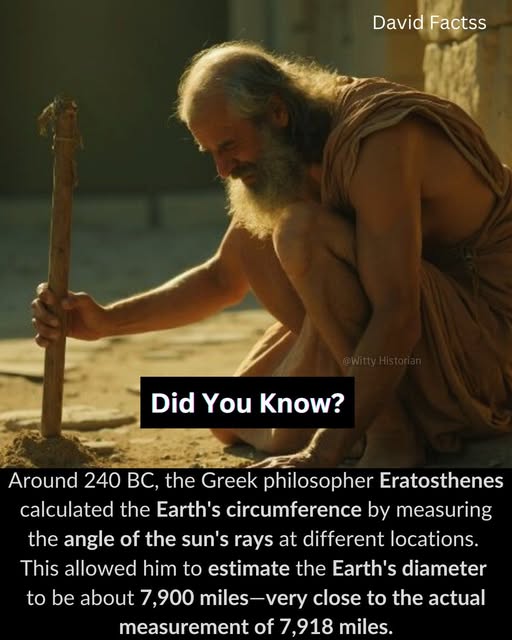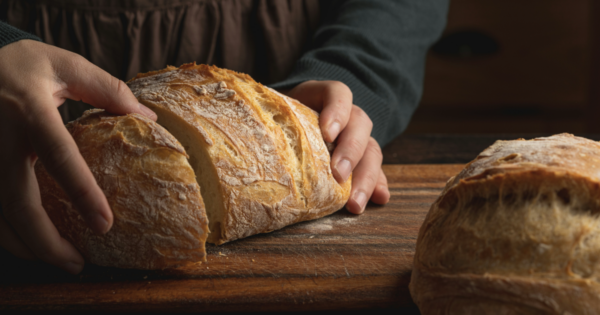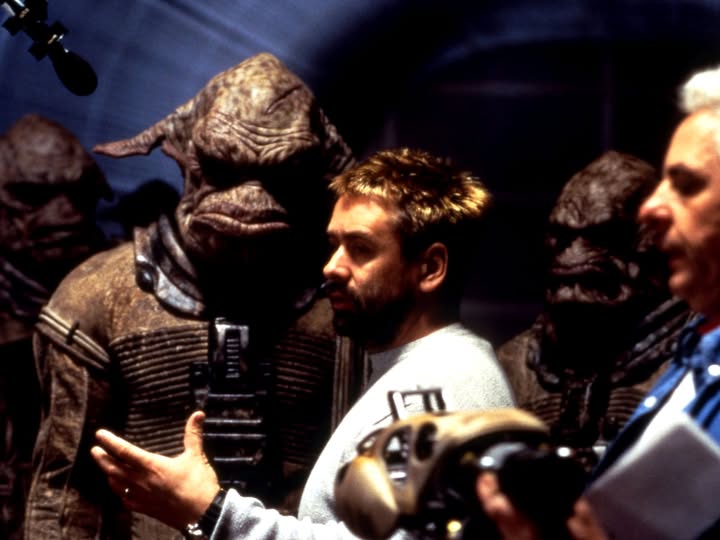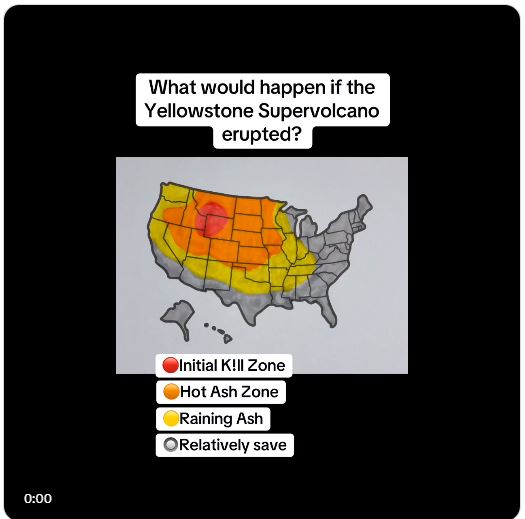
Yellowstone Supervolcano
8 Foods That Help Eliminate Cancer Cells

The list:
Sweet Potato
Eggplant
Broccoli
Radish
Tomato
Pumpkin
Pomegranate
Turmeric
For more data on them:
https://viralstrange.com/8-foods-that-help-eliminate-cancer-cells/#
The Truth About Bread — Why Your Ancestors Could Digest It (And Why You Might Not)

For thousands of years, bread has been essential to human nutrition — a dietary staple enjoyed daily across countless cultures, likely because flour could be stored year-round, ensuring a reliable food source during times of scarcity.
In fact, our ancestors ate bread in quantities that would surprise many modern eaters. According to household guides from the 1880s, the average adult man was expected to consume a remarkable 16 pounds of bread per week, while women consumed about 8 pounds weekly. That’s over a pound of bread a day!
Today, bread has a very different reputation. Once considered a fundamental food, it’s now often avoided and can cause various health problems — from bloating and brain fog to more serious conditions like celiac disease and non-celiac gluten sensitivity. But what changed? Is bread itself the problem, or is there more to this story?
As a Note: I am not writing this article to convince you to eat bread. Instead, I write this in hopes to reduce food fear in this (sometimes toxic) modern health space. It is a lot more empowering to better understand the WHY behind certain things, instead of arbitrarily labeling food as BAD or GOOD.
The Ancient Relationship Between Humans and Bread
Our love affair with bread is ancient — dating back thousands of years when early civilizations first ground wild grains and mixed them with water to create rudimentary flatbreads. Bread is deeply embedded in sacred texts, rituals, and traditions, symbolizing sustenance, community, and faith across cultures.
The Egyptians, for example, played a pivotal role in the evolution of bread-making around 5,000 years ago, likely discovering leavened bread through wild yeasts fermenting dough left exposed to the elements. This discovery revolutionized human nutrition and led to sourdough fermentation becoming the dominant bread-making method across cultures.
Unlike modern methods, traditional bread-making wasn’t focused on speed or shelf-life — it prioritized nutrition, digestibility, and flavor through time-tested techniques.
For more information on fermenting, additives, glyphosate, gluten, seed oils, continue reading: https://organicconsumers.org/the-truth-about-bread-why-your-ancestors-could-digest-it-and-why-you-might-not/
Space Junk Impact

The Wide, Encompassing Role of Vitamin K2 on Human Health
STORY AT-A-GLANCE
- Vitamin K2 helps prevent vascular calcification by guiding calcium away from your arteries and into your bones, reducing the risk of heart disease and arterial stiffness
- Research shows people with higher vitamin K2 intake have a 29% lower risk of peripheral artery disease, 44% reduction in Type 2 diabetes, and 41% reduction in hypertension
- Vitamin K2 activates proteins that bind calcium to the bone matrix, constantly supporting bone strength and reducing risk of fractures and osteoporosis
- The recommended daily dosage is 90 to 180 micrograms for adults, 90 micrograms for teenagers, and 45 micrograms for children under 10 years old
- Good sources of K2 include fermented foods like natto, aged cheeses, egg yolks, grass fed dairy products, and organic, grass fed beef
Who Would Have Guessed?

Quote of the Day
“We don’t stop playing because we grow old; we grow old because we stop playing.” – George Bernard Shaw, Dramatist (1856 – 1950)
Lus Besson – The Fifth Element

Slug Bait


